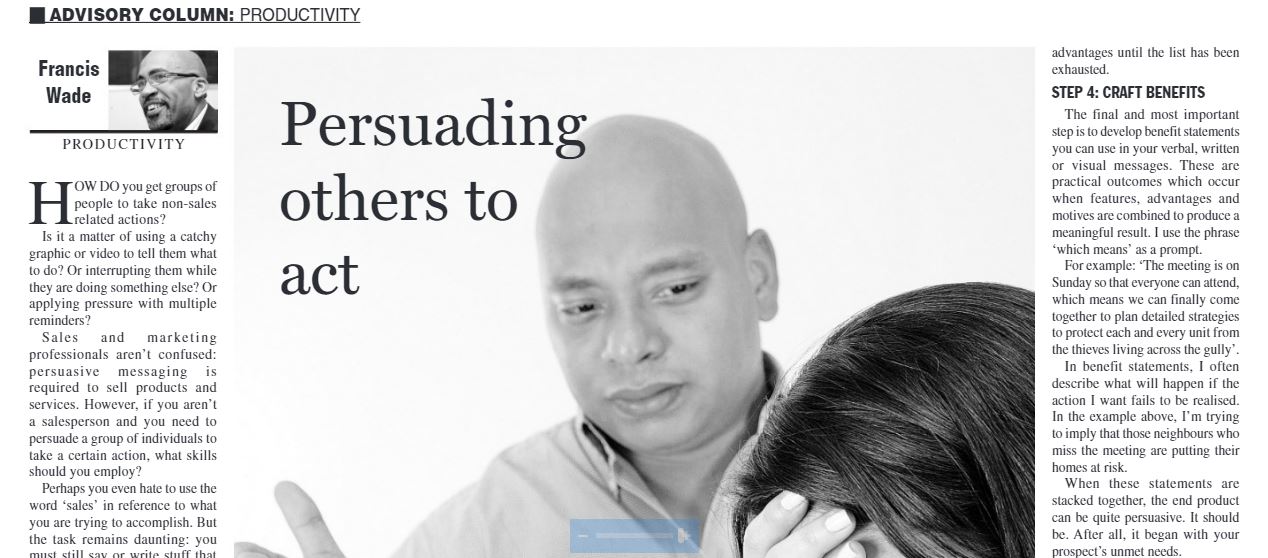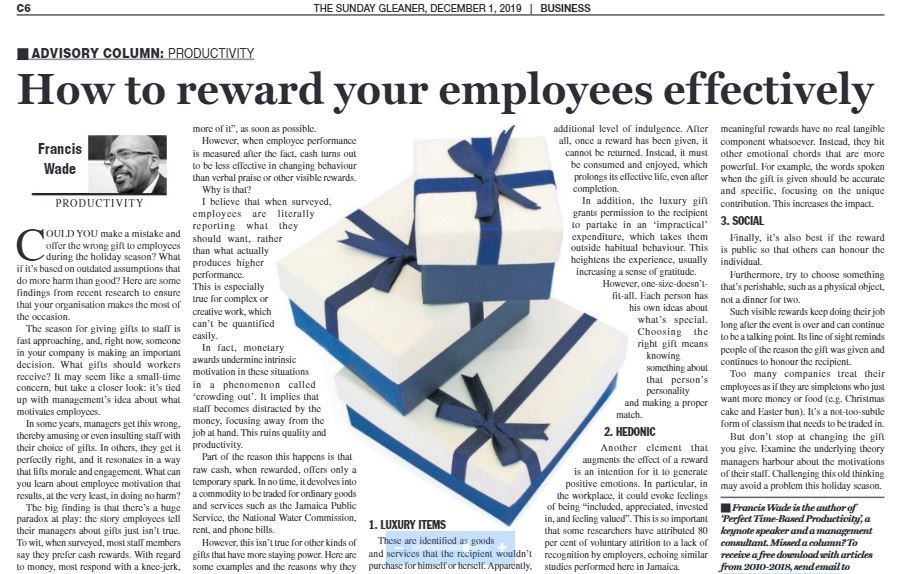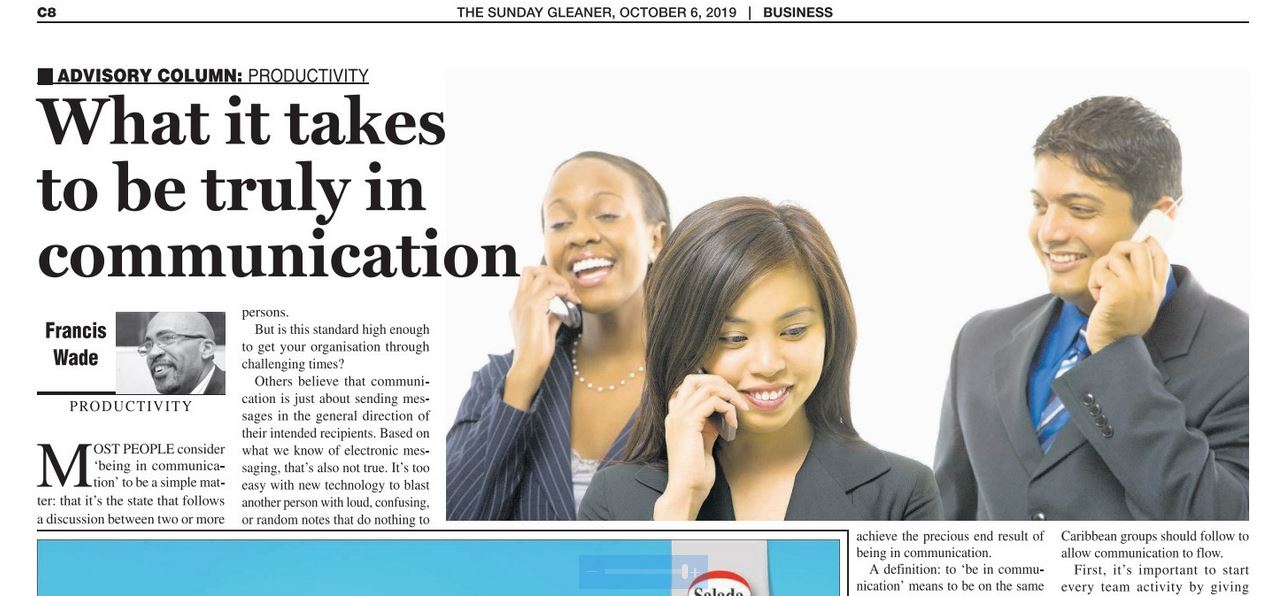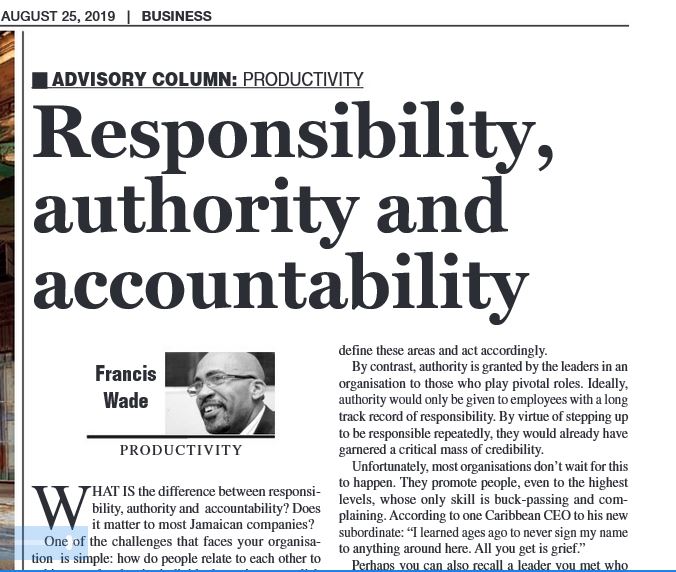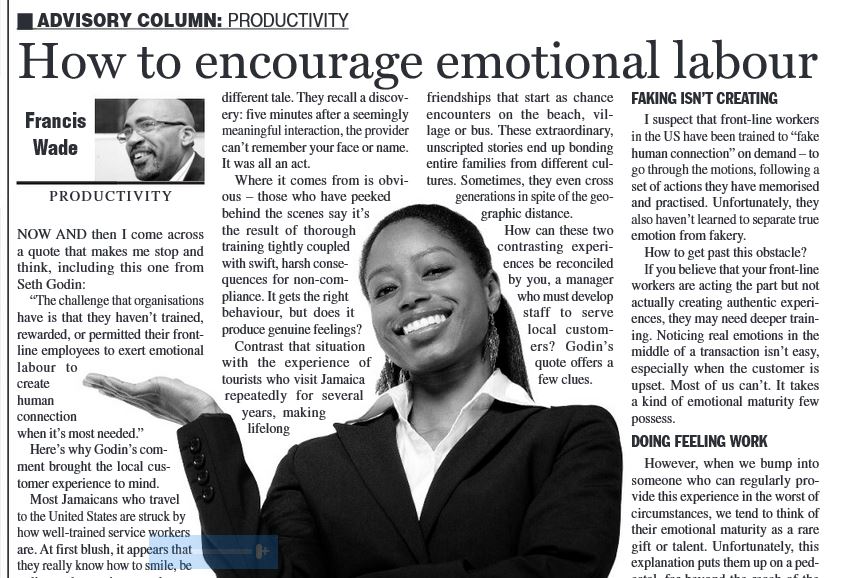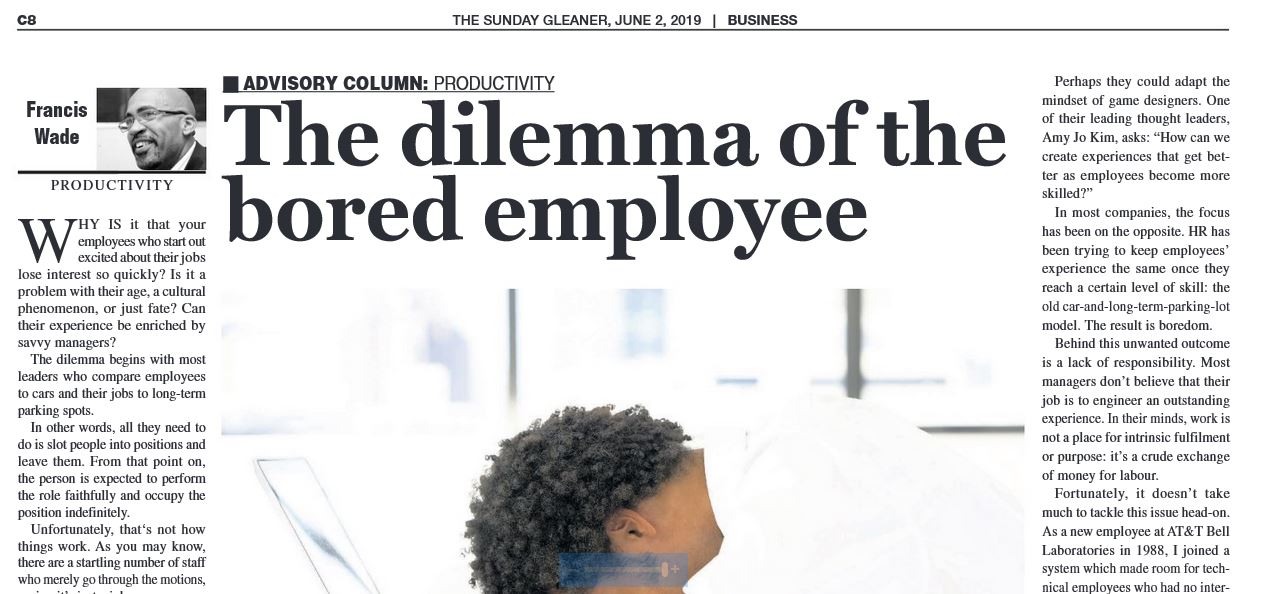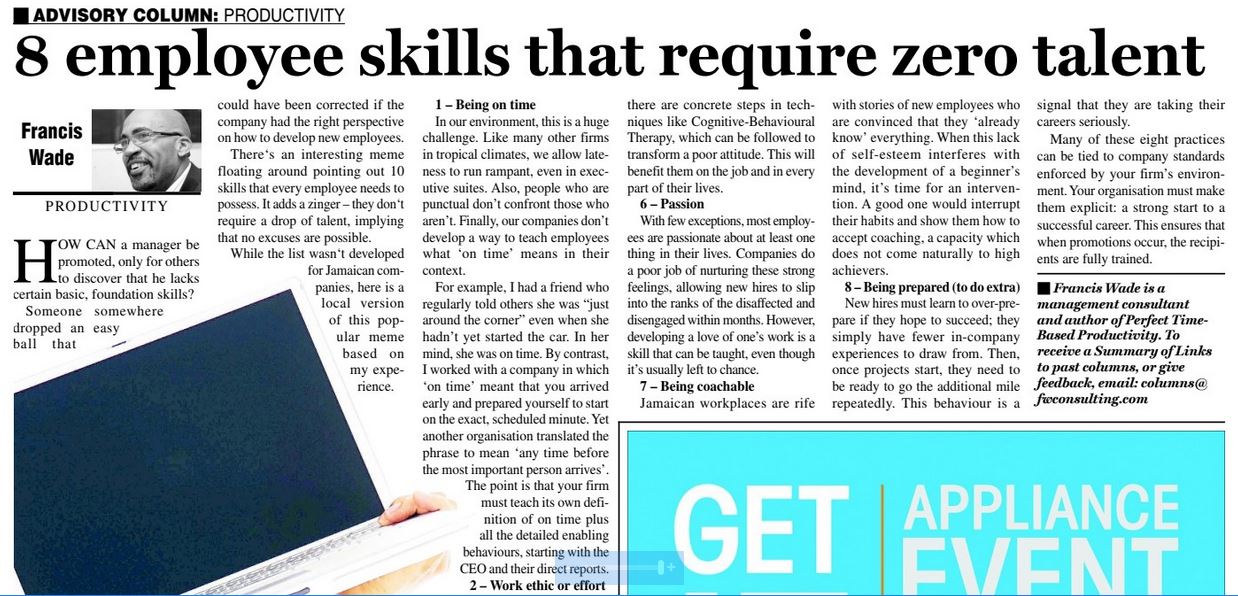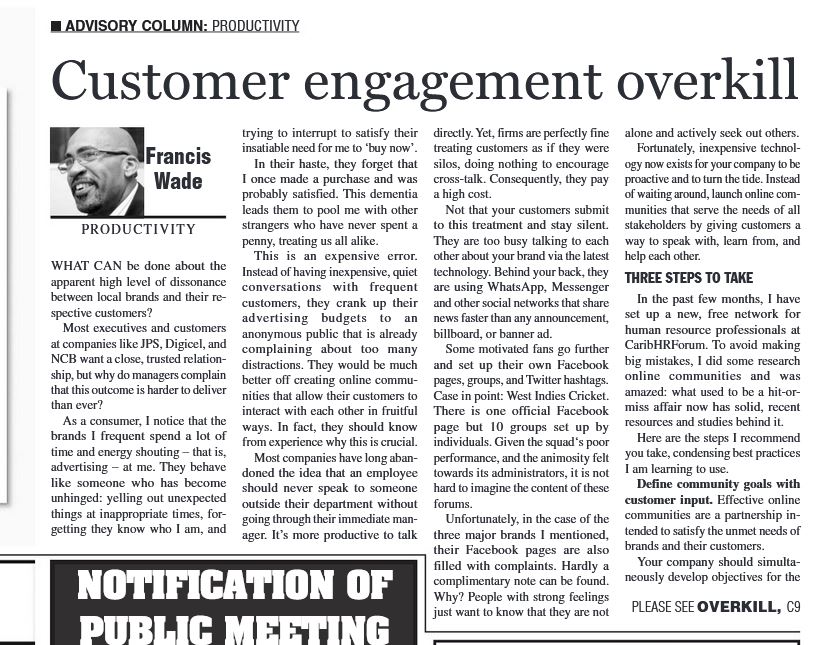How do you get groups of people to take non-sales related actions? Is it a matter of using a catchy graphic or video to tell them what to do? Or interrupting them while they are doing something else? Or applying pressure with multiple reminders?
Sales and marketing professionals aren’t confused: persuasive messaging is required to sell products and services. However, if you aren’t a salesperson and you need to persuade a group of individuals to take a certain action, what skills should you employ?
Perhaps you even hate to use the word “sales” in reference to what you are trying to accomplish. But the task remains daunting: you must still say or write stuff that causes people to act. Whether they are employees, peers, board members, customers, the public or another stakeholder, where do you start?
In my column of November 17, 2019, I offered a solution. Begin by analyzing the “Unmet Needs” of individuals in the target group you are trying to influence. When their needs aren’t being met, people’s typical response is to co-opt a low-quality substitute into playing a “better-than-nothing” role.
However, knowing these needs is just the beginning. The fact is, we live in a world of distracting messages and influences. Whether cash payments are involved or not, you must compete against these distractions for your subject’s time. Even your free offerings need to displace Facebook, Netflix and the news in order to be effective, going up against the millions those entities spend to get attention.
If you are willing to win the battle, I suggest a four-step framework from Michel Fortin, the experienced copywriter. For example, let’s assume that you are trying to arrange a Neighborhood Watch meeting for your community.
Step 1 – Enumerate the Features
These are elements that make your event attractive. They are factual: visible to the naked eye, incontrovertible and distinct. Make a list of these features such as: “The meeting is scheduled for Sunday afternoon at 4pm” or “The nice policeman who drops in occasionally will be there.”
Step 2 – Detail the Advantages
Each of the features you listed can do something that makes your product special. In other words, it provides an advantage. To craft them quickly, simply add “so that” to the end of each feature, and then complete the sentence. For example, “We have scheduled the meeting for Sunday afternoon so that everyone can attend.”
Step 3 – Compile the Motives of Your Prospects
These are the deep psychological drivers, motivations inherent in your targets’ minds. As such, they lie dormant even before the prospect is aware of your solution. You may find these within the Unmet Needs, and they should help you understand why they will take action.
For example, your targets may have a “Hassle-Free” motive for the meeting. Therefore, avoiding the busier days of the week should help.
Continue mapping motives to advantages until the list has been exhausted.
Step 4 – Craft Benefits
The final and most important step is to develop benefit statements you can use in your verbal, written or visual messages. These are practical outcomes which occur when features, advantages and motives are combined to produce a meaningful result. I use the phrase “which means” as a prompt.
For example, “The meeting is on Sunday so that everyone can attend, which means that we can finally come together to plan detailed strategies to protect each and every unit from the thieves living across the gully.”
In benefit statements, I often describe what will happen if the action I want fails to be realised. In the example above, I’m trying to imply that those neighbors who miss the meeting are putting their homes at risk.
When these statements are stacked together, the end-product can be quite persuasive. It should be. After all, it began with your prospect’s Unmet Needs.
However, many individuals don’t want to exert the time and effort to do such rigorous thinking. “De people dem fi know dem need fi come a di meeting” is used as a reason to avoid the hard pre-work needed to craft convincing statements. In the minds of those who are already persuaded, all that’s necessary is a nice, simple flyer.
Unfortunately, most flyers include little more than a list of features; hardly enough to produce the desired result. In a world of relentless demands on our time punctuated by rude surprises, that approach won’t do. Don’t arrogantly assume your targets should know better and complain when they refuse to comply. Instead, plant the seeds of your success from the start by doing the in-depth work required to convert unmet needs into action.

